Lycra and Lace
What is he looking at? The dancer in a blue biketard bounds around the stage, his curly hair flip-flopping as his head snaps right, left, and center.
Continua a leggere
World-class review of ballet and dance.
The New York Public Library for the Performing Arts’ current exhibition is a dance epic. Full of tragedy and triumph spanning centuries and the globe, “Border Crossings: Exile and American Modern Dance 1900 – 1955” recenters the story of modern dance around historically marginalized artists often left out of the modern dance canon.
“This show is about re-reading modernism through trauma and alienation, and to understand modernism not as this unified canonical narrative, but in fact a constant series of breakages, resistances, ruptures, and traumas,” Dr. Bruce Robertson said. Robertson is co-curator of “Border Crossings” with colleague Dr. Ninotchka Bennahum.

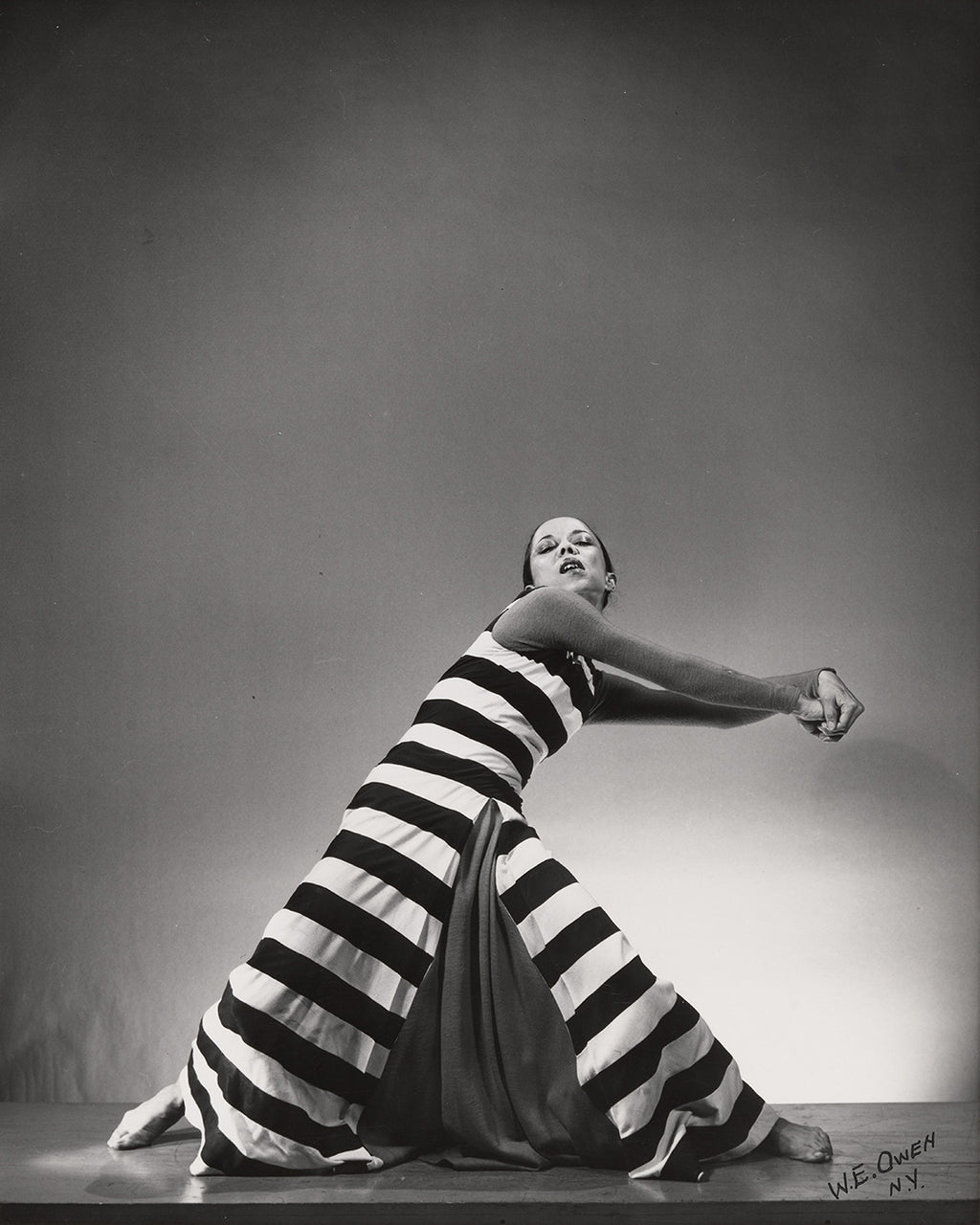
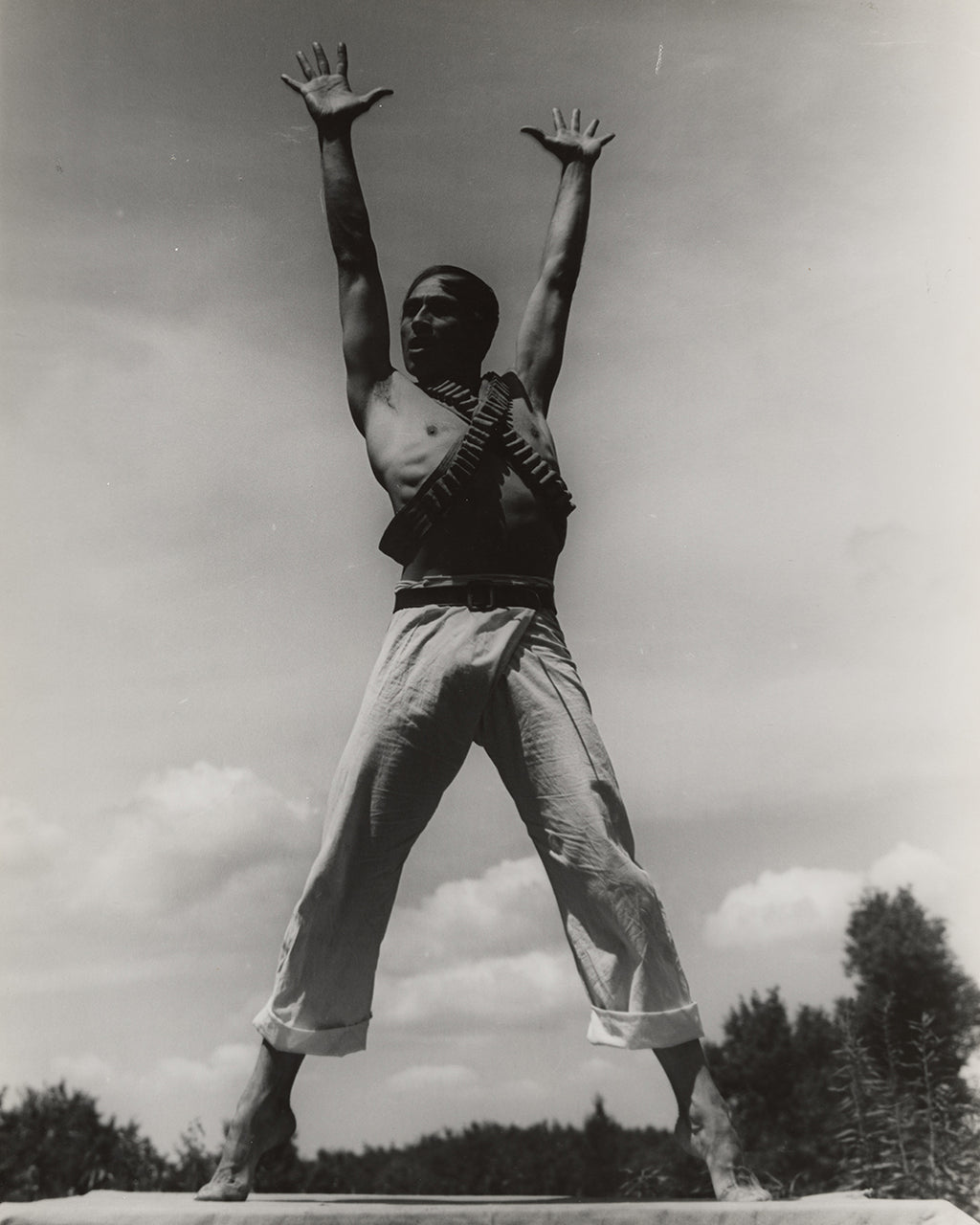
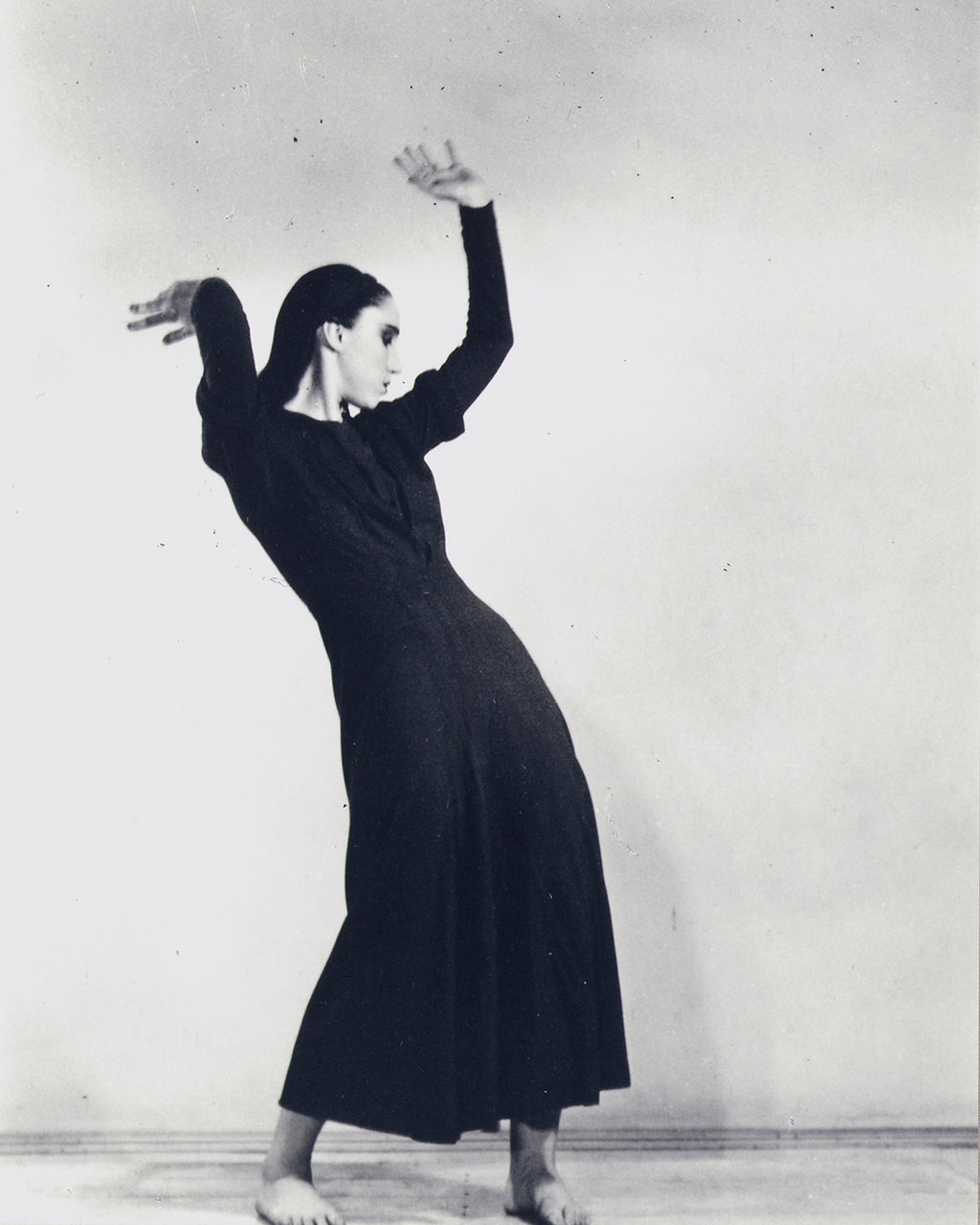
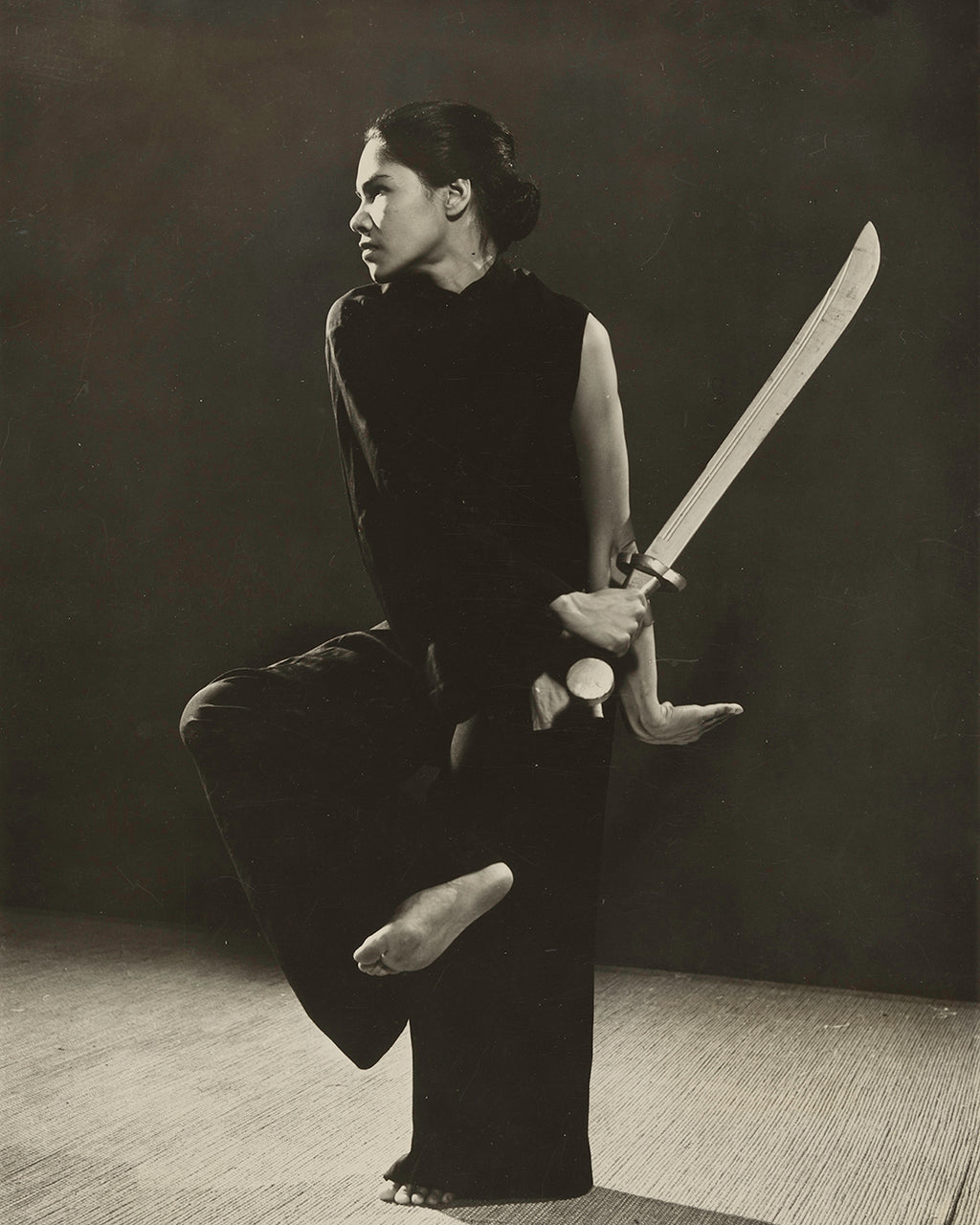
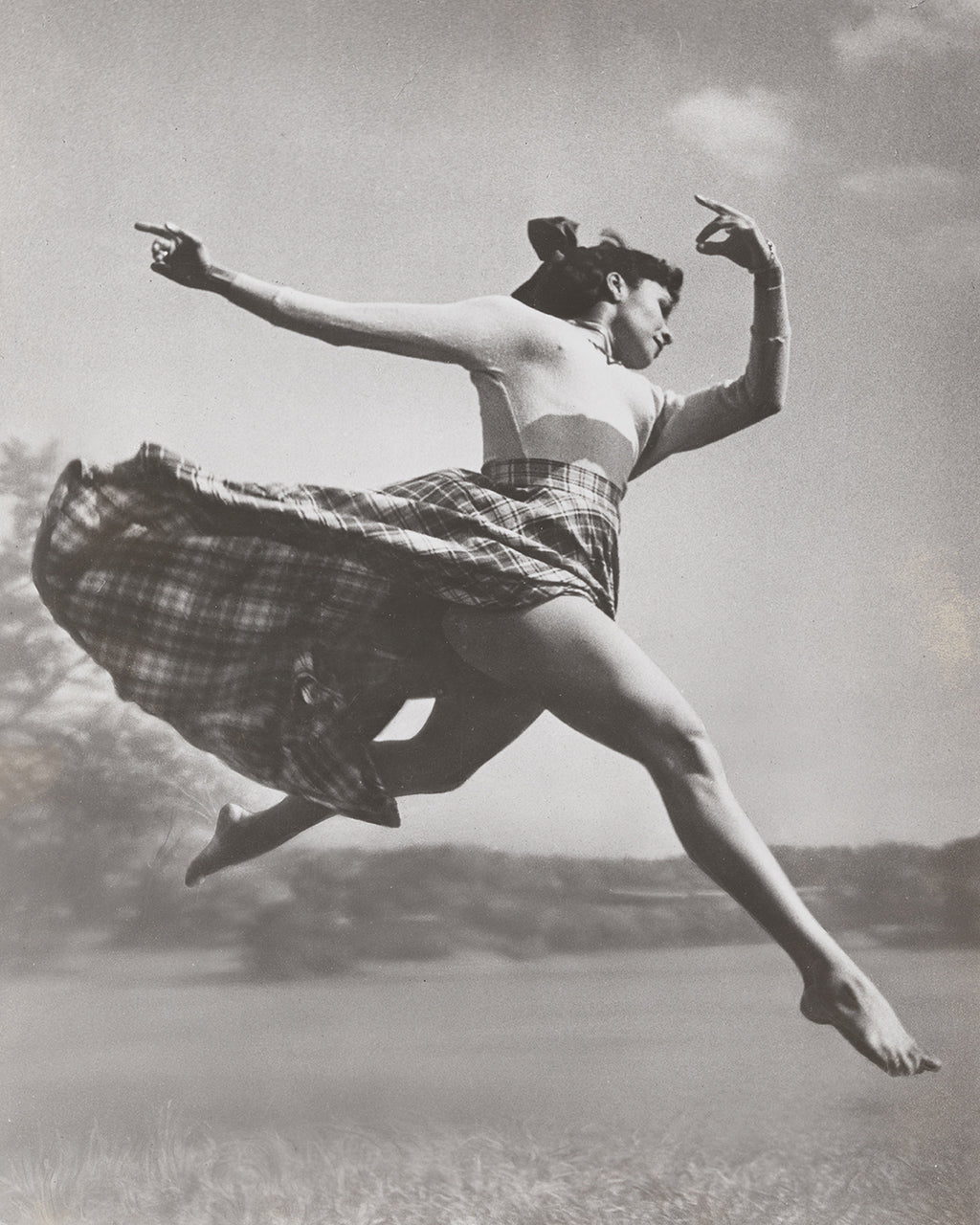
What is he looking at? The dancer in a blue biketard bounds around the stage, his curly hair flip-flopping as his head snaps right, left, and center.
Continua a leggereTwo performers crawl in on hands and knees wearing neon green, hooded coveralls—the lightweight papery kind made for working in a sterile environment—and clusters of balloons pinned to their backs.
Continua a leggereWill Rawls makes boundaries visible by defying them. Known for the disciplinary and topical range of his projects, the choreographer, director, and performer approaches issues of representation in “[siccer],” a multi-part, multi-site work co-presented by L’Alliance New York’s Crossing the Line Festival. A live performance at Performance Space New York accompanies a multimedia installation at the Kitchen, a book published by Wendy’s Subway, and an album published by the artist. With a creative process reaching back to 2018, the work delves explicitly into pandemic-era energies and inertias with focused intimacy and a pervasive sense of instability.
Continua a leggereIt is always interesting when multiple theme steps emerge over the course of a mixed repertory evening, but it is uncanny on one featuring five different ballets, each with a different choreographer and composer, covering a twenty-year span (2005-2025).
Continua a leggere
comments